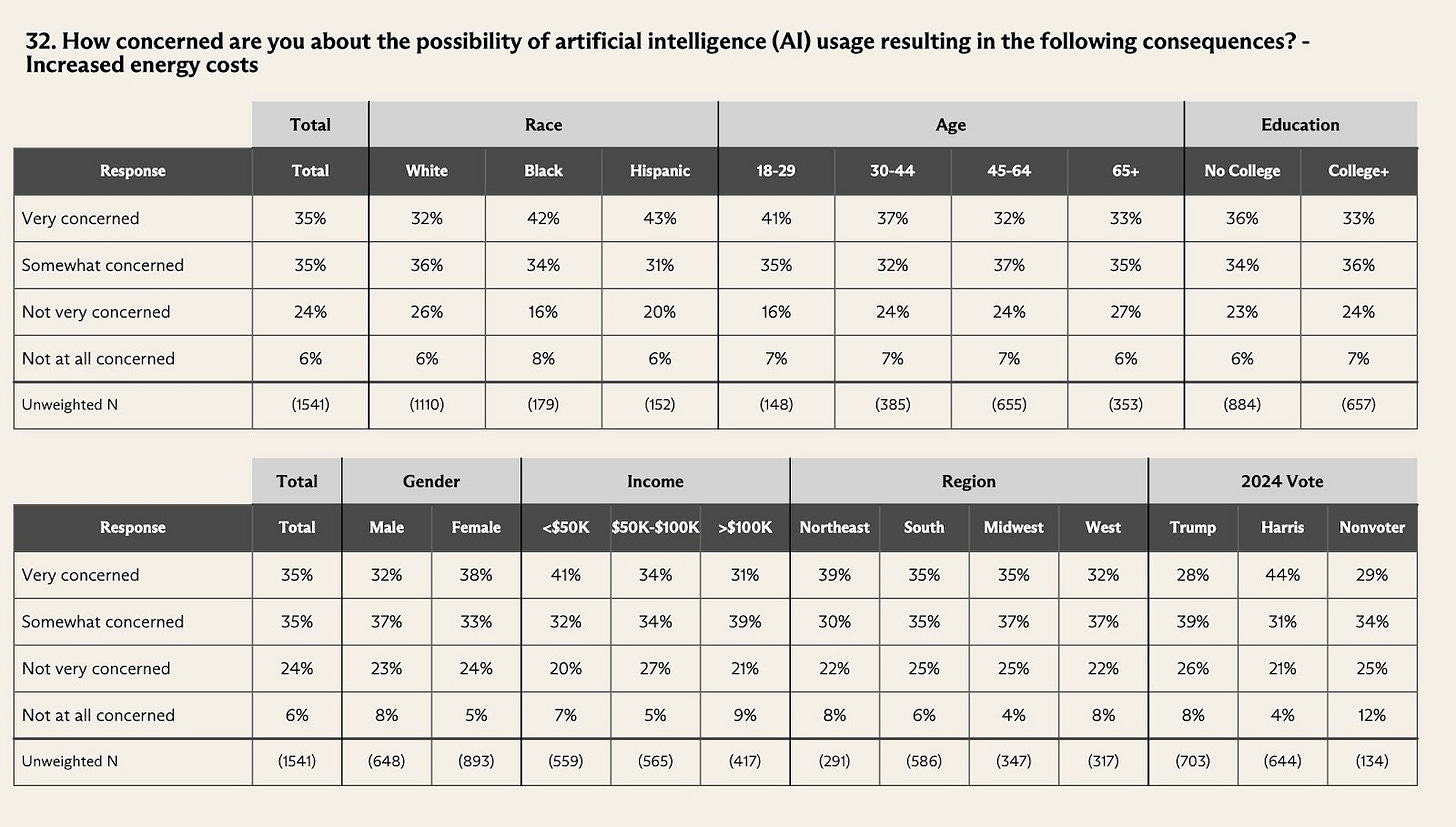Reading List 10/18/25
North Korean construction company, data center popularity, why robot dexterity is hard, a map of US solar panels, and more.
Welcome to the reading list, a weekly roundup of news and links related to buildings, infrastructure, and industrial technology. This week we look at a North Korean construction company, data center popularity, why robot dexterity is hard, a map of US solar panels, and more. Roughly two thirds of the reading list is paywalled, so for full access become a paid subscriber.
Some housekeeping items this week:
My book was finally released this week! A few book-related items:
The book was temporarily out of stock on Amazon for a few days, possibly because Amazon’s algorithm underestimated demand. It’s back in stock now, but only available from third-party sellers with long delivery times. Stripe Press is working on fixing this. It's available with normal deliverty times from other sellers.
The book was an Amazon Editor’s pick for “Best Nonfiction”.
I was on TBPN talking about the book (I come on at around 2:35:00).
Leah Libresco has a review of the book on Commonplace.
Another excerpt from the book was published on CapX.
No Amazon reviews yet, so if you’ve received a copy and read it drop a review.
I was on Statecraft with Alex Armlovich and Will Poff-Webster talking about the ROAD to Housing Act.
North Korean statue building
I typically think of North Korea as a country that’s almost completely cut off from the global economy, in part due to the large number of sanctions against them, but apparently they have a construction firm, Mansudae Overseas Projects, that builds huge North Korean-style statues all over the world. Via Wikipedia:
As of August 2011, it had earned an estimated US$160 million overseas building monuments and memorials. As of 2015, Mansudae projects have been built in 17 countries: Angola, Algeria, Benin, Botswana, Cambodia, Chad, Democratic Republic of Congo, Egypt, Equatorial Guinea, Ethiopia, Germany, Malaysia, Mali, Mozambique, Namibia, Senegal, Togo and Zimbabwe. The company uses North Korean artists, engineers, and construction workers.
Data centers are unpopular
We’ve noted before that data centers, which historically were treated as a neutral to positive for local communities (since they contributed tax revenue without adding much demand for local services), are now increasingly opposed by local residents. Now it seems like politicians on both sides of the aisle are starting to notice. Via Semafor:
GAINESVILLE, Va. — On Friday night, dueling candidates for a board of supervisors seat in this suburban county found a cause that united them: banning new data centers.
“I think we should, personally, block all future data centers,” said Patrick Harders, the Republican running for an open seat on the Prince William County board. George Stewart, his Democratic opponent, agreed that “the crushing and overwhelming weight of data centers” was a crisis, with massive companies “having us, as residents, pay for their energy.”
As electricity bills rise, a growing number of US candidates in both parties are pointing to the high energy costs of data centers — booming thanks to tech companies’ AI investments — as the culprit. While the issue isn’t yet a flashpoint in statewide races, it’s already an overwhelming source of debate in local ones, especially in Virginia.
Similarly, a survey run by The Argument found that “70% of respondents were concerned, and 35% were “very concerned” about the impact of AI on energy costs.”
AI water use
Also on the subject of data centers, we’ve previously discussed the amount of water used by data centers in my essay on US water consumption, and in a follow up essay correcting an error in the original piece. Even with the correction (which substantially increased the estimate for how much water data centers use), my conclusion is that while data center and AI water use numbers seem large in absolute terms (because “millions of gallons” always sounds like a lot), they’re very small when compared to other large-scale industrial uses. And because industrial water use goes towards producing products that we end up buying, there’s a lot of water use “baked in” to the various goods we consume that doesn’t get so much attention. On his substack, Andy Masley breaks this down:
Have you ever worried about how much water things you did online used before AI? Probably not, because data centers use barely any water compared to most other things we do. Even manufacturing most regular objects requires lots of water. Here’s a list of common objects you might own, and how many chatbot prompt’s worth of water they used to make (all from this list, and using the onsite + offsite water value):
Leather Shoes - 4,000,000 prompts’ worth of water
Smartphone - 6,400,000 prompts
Jeans - 5,400,000 prompts
T-shirt - 1,300,000 prompts
A single piece of paper - 2550 prompts
A 400 page book - 1,000,000 prompts
If you want to send 2500 ChatGPT prompts and feel bad about it, you can simply not buy a single additional piece of paper. If you want to save a lifetime supply’s worth of chatbot prompts, just don’t buy a single additional pair of jeans.
Why robot dexterity is hard
We’ve previously talked about difficulties with robot dexterity, and how there’s a sort of Moravec’s Paradox at work with robot demonstrations: we see lots of demos of robots doing things that look difficult, like dancing or kung fu, but fewer impressive demonstrations of robots doing simpler, object manipulation tasks. On his substack, Bryson Jones, the “co-founder and CEO of Adjoint, a company focused on building autonomous robots for skilled labor abundance”, explains why robotic manipulation is a harder problem than locomotion: while locomotion has properties that make it amenable to large-scale training in simulation, manipulation generally doesn’t.
Manipulation poses a more sobering challenge:
No compact reward functions The “cost function” for inserting a screw or cooking an omelet is hard to specify. Rewards often need careful shaping or human priors, leading to brittleness and unexpected outcomes from reward-hacking.
Rich sensing requirements Unlike locomotion, manipulation usually requires vision and tactile feedback to estimate object shape, pose, affordances, and contacts. Tactile sensing hardware is still immature. The example I like to give people is: “imagine dipping your hand in anesthetic and trying to pick your phone up… it’s basically impossible”
Discrete modes and long-horizons introduce unique complexity Manipulation often involves discrete modes for task completion: grasping, lifting, pushing, where each object can behave differently. Contact dynamics are messy, occlusions are common, and the precision bar is much higher than for locomotion.
Few emergent behaviors Unlike locomotion, manipulation doesn’t “discover” elegant solutions on its own (so far). Without demonstrations or heavy engineering, policies struggle to converge on useful strategies.
This is why we haven’t been able to just “zero-shot” transfer all of the methods that accelerated locomotion progress in the past 5 years into manipulation.




